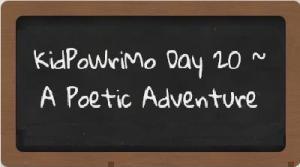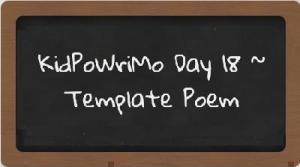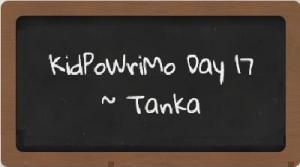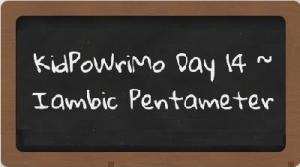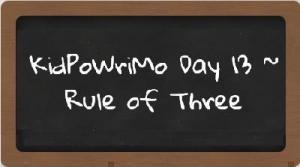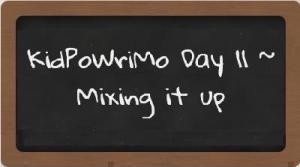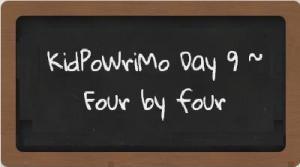July 20th is the anniversary of one of the biggest adventures in American and human history: the 1969 Apollo 11 Lunar Landing. As the first human to step onto the surface of the moon, Neil Armstrong spoke the famous words: “One small step for man, one giant leap for mankind”. Watch the video below to hear them as recorded on that day. I consider these and many other phrases from history to be poetic.
Because of television cameras and other technology, people around the world were able to watch these words shortly after they were spoken. Those who watched couldn’t travel to the moon. Most people alive today will never visit the moon, but when they read or hear these words, they are reminded that the moon is now someplace a human can go.
Have you been on an adventure? Whether you have traveled to a faraway land or to a part of your neighborhood you just discovered, the trip can be the start of your own poetic adventure. And of course, you can travel in your imagination to places you want to go poetically.
One of my poetic adventures happened when I wrote a poem about someone who had many troubles. In fact, she had so many, she was in the news. Although I felt sorry for her situation, I was not in danger of being in the exact same situation she was. The poem I wrote was my way of making sure I never walked in her shoes and an attempt to help someone else who might.
As I imagined what an average day was like for her, I wrote down what I thought would happen when no one else was around. I thought about what made her feel afraid and what might make things worse or better in her life. Finally, I wrote the words I wished she would have said that could have changed her path.
The poem was written in the “first person”. That means I wrote it as if the events happening in my poem were happening to me.
Poetic phrase of the day: “first person” (click here to read the definition on Merriam-Webster’s Word Central)
You may have guessed that this was not a happy poem. I was nervous about other people reading it. I would let only one person read it at a time. Only people I trusted were allowed to look at it. When I was invited to read poetry to an audience, I gathered the courage to include this poem in my presentation. After I read it, a couple of people came to me and shared how the poem helped them because they had the same problems as the woman in the news who inspired my poem.
This was a long time ago, when people who had these kinds of problems usually did not talk about them, and many people had these same kinds of problems. When I wrote my poem, the people who heard it felt like they could talk about it and finally make things better.
I share this story to say that a poetic adventure can be a place you don’t want to go as well as somewhere you want to go. Your poetic adventure may be about a visit to a relative you’ve never met who lives in another state. Or, it could be about a new friend who is recovering from an accident and has to use a wheelchair.
PROMPT: Think of a situation you want (or don’t want) to have in your life. Or, think about a place you have never visited. Write about your imaginary adventure to (or away from) that place or situation.
FOR PARENTS OF YOUNGER CHILDREN: Help your child(ren) with a wish list for what they want for their next birthday or as a Christmas (or other holiday) gift. Ask them to choose their favorite thing from this list. Help them speak in the first person about this thing they do not yet have. Ask them what they would do or say if they had it right now. Use some of the things your child(ren) learned from earlier in the month to make an adventure poem.
NOTE: Kids may surprise parents and others when making these lists. You may be expecting them to fill it with toys and things for themselves, when they shock you and add something from their heart. That is the beginning of a wonderful poem that you and your child(ren) will cherrish and share with future generations.
